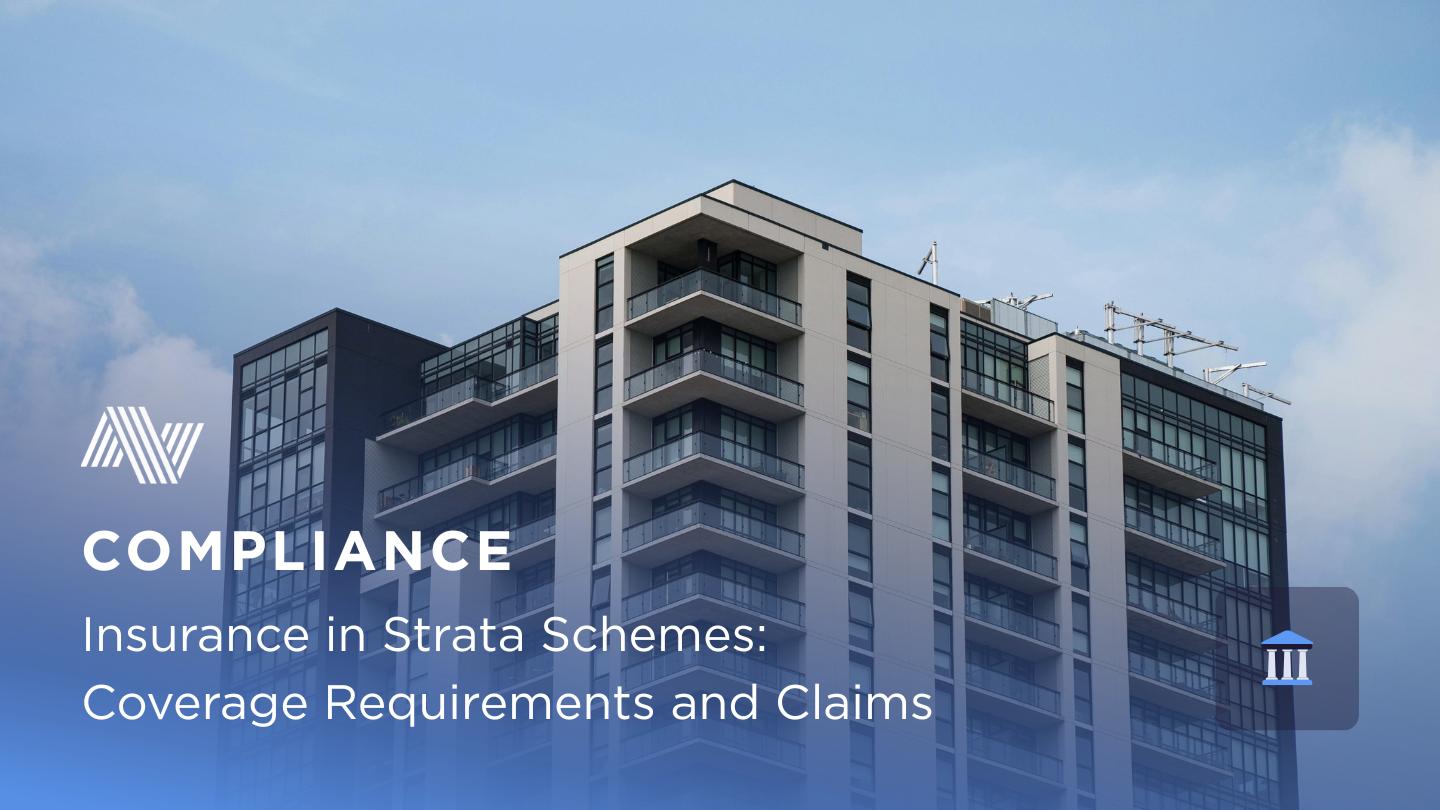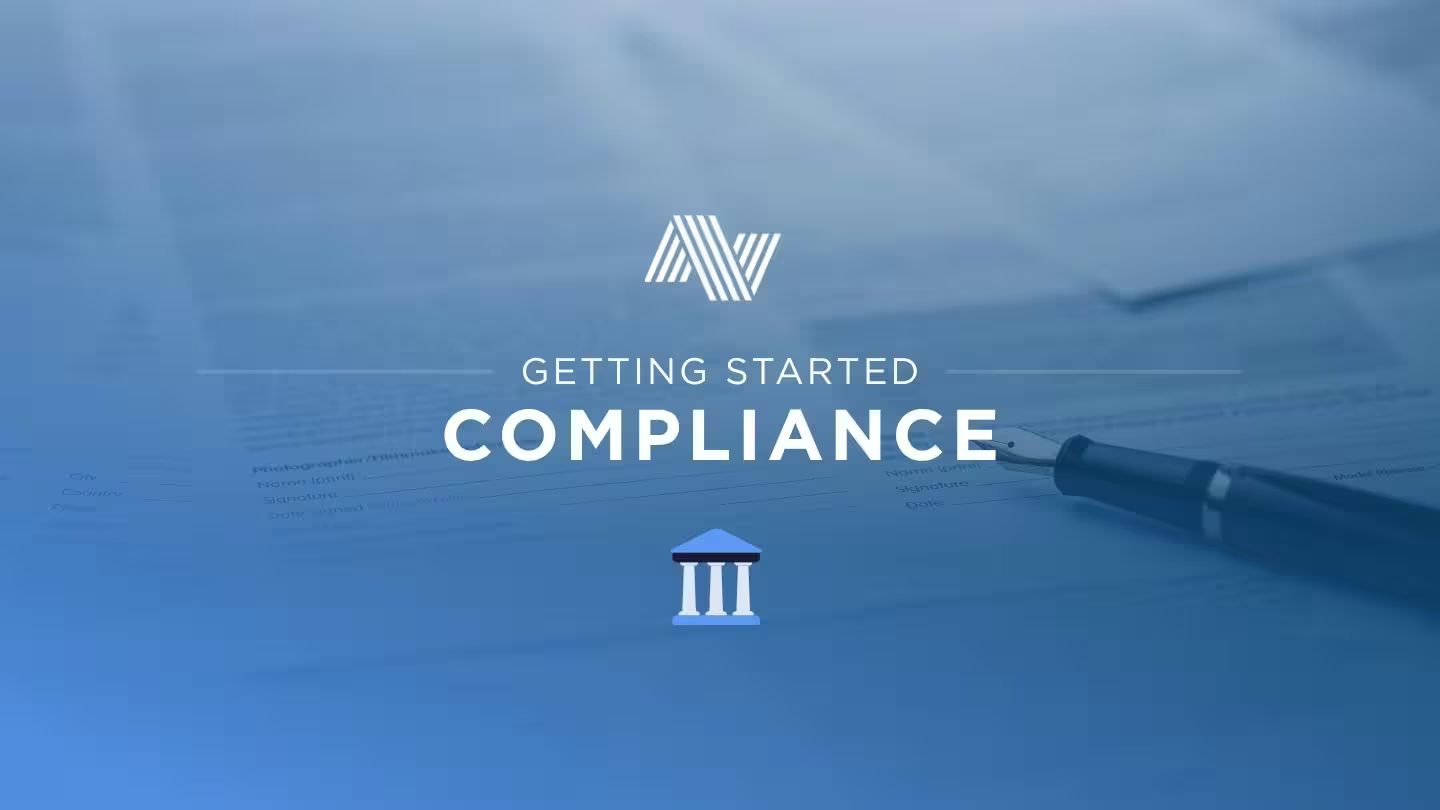Insurance in Strata Schemes: Coverage Requirements and Claims
Note: This article is intended as a general guide only, and should not be taken as legal or professional advice. It’s essential to consult with a qualified professional or seek advice from your managing agent if you have specific questions or concerns about strata living.


The One-Minute Guide to Strata Insurance
If you only read one section, here are the essentials:
What it is – Strata insurance (building insurance) is mandatory in NSW and protects the Owners Corporation (OC) against damage to the building and common property.
What it covers – Damage from fire, storms, vandalism, theft, burst pipes, earthquakes, and accidental damage to the building structure and shared areas.
What it doesn’t cover – Individual lots, contents, fittings, building defects, or routine maintenance.
How to claim – Report to the OC/strata manager, document the incident, lodge a claim with the insurer, and cooperate with assessment.
Key tip – Lot owners need separate contents or landlord insurance to cover their own property and belongings.
What is Strata Insurance?
Strata insurance – also known as building insurance – protects the Owners Corporation from financial loss caused by damage to the building and shared property. It is mandatory for all NSW strata schemes under the Strata Schemes Management Act 2015.
It ensures that repairs to common property (such as the roof, external walls, stairwells, or foyers) are covered, reducing the risk of financial disputes between owners.
Who Needs to Know This?
- Lot Owners – Essential: Insurance costs are part of levies, and personal cover is still required.
- Committee Members – Critical: Oversee compliance with mandatory insurance.
- Strata Managers – Essential: Arrange policies, manage claims, and advise owners.
- Tenants – Helpful: Know what’s covered (and what isn’t).
- Prospective Buyers – Useful: Insurance history can highlight building risks or defects.
TL;DR: Strata insurance is mandatory in NSW and protects buildings and common property, but not individual lots or contents.
Read more: Owners Corporation: Understanding the Central Legal Entity.
What is Covered by Strata Insurance?
Policies typically cover:
- Fire, storm, and natural disasters.
- Vandalism and malicious damage.
- Burglary and theft of common property.
- Glass breakage and burst pipes.
- Earthquakes and geological events.
- Accidental damage to common property and building structure.
Who Needs to Know This?
- Lot Owners – Essential: Know the limits of cover to avoid gaps.
- Committee Members – Critical: Ensure adequate coverage is maintained.
- Strata Managers – Essential: Liaise with insurers and handle renewals.
TL;DR: Strata insurance covers damage to the building and common areas, not individual lots or contents.
What is Not Covered by Strata Insurance?
Strata insurance excludes:
- Lot contents (furniture, appliances, personal items).
- Internal fittings (carpets, curtains, light fittings).
- Building defects such as concrete cancer.
- Routine maintenance (e.g., cracked tiles, leaky taps).
Who Needs to Know This?
- Lot Owners – Essential: Must take out contents or landlord insurance.
- Prospective Buyers – Useful: Exclusions may reveal hidden building issues.
TL;DR: Strata insurance does not cover personal property, fittings, or defects – owners need separate cover.
Making a Claim
Steps for owners and committees:
- Notify the strata manager or Owners Corporation immediately.
- Document the incident (photos, reports, witness statements).
- Complete and lodge the insurer’s claim form.
- Cooperate with inspections or investigations.
- Track progress until settlement.
Who Needs to Know This?
- Lot Owners – Essential: Responsible for reporting incidents and cooperating.
- Committee Members – Critical: Approve claims and repairs.
- Strata Managers – Essential: Submit claims, coordinate assessors, and keep owners updated.
- Tenants – Helpful: Report incidents to landlords or agents quickly.
TL;DR: Claims must go through the strata manager or OC, with proper documentation and cooperation throughout the process.
Extending Your Insurance Coverage
Since strata insurance does not cover individual lots, additional policies are recommended:
- Contents insurance – covers personal belongings and internal fittings.
- Landlords insurance – protects rental property owners against tenant-related risks.
- Specialist cover – for high-value or unique items.
TL;DR: Strata insurance doesn’t replace personal or landlord insurance – owners must arrange separate cover.
Read more: Strata Committee: Roles and Responsibilities.
Common Pitfalls with Strata Insurance
- Assuming strata insurance covers lot contents.
- Failing to update cover as property values or risks change.
- Poor claims documentation causing delays or rejections.
- Overlooking exclusions (e.g., defects, routine maintenance).
- Not budgeting for insurance excess, which is usually shared.
Why Insurance Matters
Insurance is more than a compliance requirement – it safeguards property value, reduces financial risk, and ensures strata communities can recover quickly from unexpected events.
TL;DR: Adequate strata insurance protects all owners and keeps the scheme legally compliant.
Quick Checklist for Owners
✓ Confirm what your strata insurance covers.
✓ Take out personal contents or landlord insurance.
✓ Know your policy’s exclusions and excess.
✓ Keep a log of incidents and claims.
✓ Ask your strata manager for a copy of the current policy.
Important: Strata insurance must comply with the Strata Schemes Management Act 2015 (NSW). For tailored advice, consult your strata manager or a licensed insurance professional.








